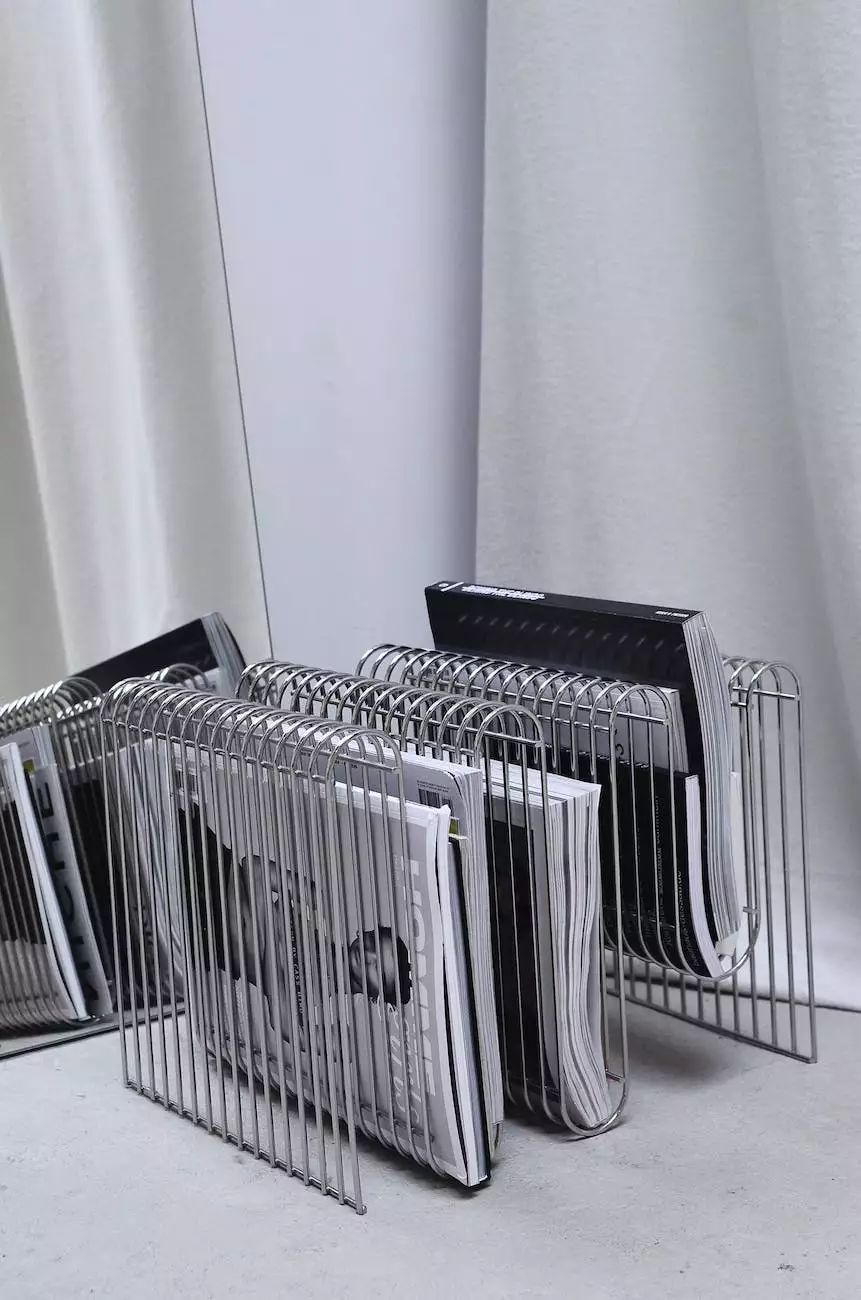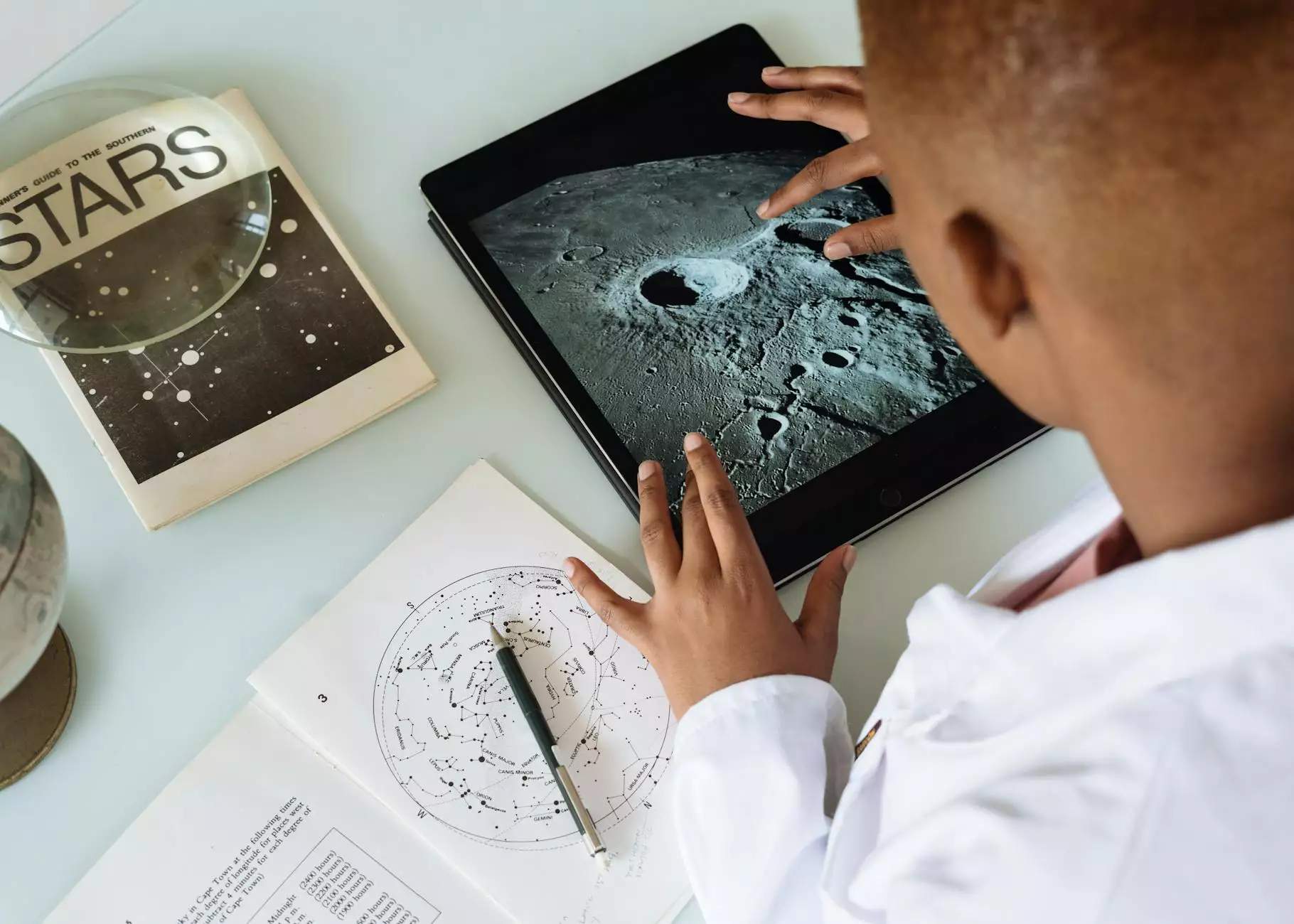Physicians Use MediPines Non-Invasive Gas-Exchange for Pulmonary Embolism
Health
The Importance of MediPines Non-Invasive Gas-Exchange
In the field of medical science, advancements are continually being made to improve the diagnosis and monitoring of various conditions. One such remarkable innovation is the MediPines non-invasive gas-exchange technology. Developed by leading medical professionals, this cutting-edge solution has revolutionized the way physicians diagnose and manage pulmonary embolism.
Understanding Pulmonary Embolism
Pulmonary embolism is a potentially life-threatening condition characterized by the blockage of one or more blood vessels in the lungs. It usually occurs when a blood clot forms in another part of the body (usually the legs) and travels to the lungs, obstructing the blood flow. Prompt diagnosis and treatment are critical to improve patient outcomes and prevent further complications.
The Role of MediPines Non-Invasive Gas-Exchange
MediPines non-invasive gas-exchange technology allows physicians to accurately assess the gas-exchange function in a patient's lungs, providing valuable insights for the diagnosis and management of pulmonary embolism. This innovative technology offers a non-invasive and rapidly accessible method to measure a patient's oxygen and carbon dioxide levels in real-time.
Benefits of Using MediPines Non-Invasive Gas-Exchange
There are several notable benefits of utilizing MediPines non-invasive gas-exchange technology in the diagnosis and monitoring of pulmonary embolism:
- Accuracy: The advanced algorithms and sensors used in MediPines technology ensure highly accurate and reliable measurements, aiding physicians in making informed decisions.
- Non-Invasiveness: Unlike traditional methods that require invasive tests or procedures, MediPines gas-exchange technology allows healthcare professionals to obtain critical data without causing unnecessary discomfort to the patient.
- Real-Time Monitoring: MediPines provides real-time monitoring of a patient's gas-exchange function, enabling immediate intervention if necessary and ensuring timely adjustments to treatment plans.
- Cost-Effective: By avoiding invasive procedures, MediPines non-invasive gas-exchange technology can help reduce healthcare costs associated with pulmonary embolism diagnosis and monitoring.
How Physicians Utilize MediPines:
Physicians worldwide rely on MediPines non-invasive gas-exchange technology to enhance their ability to diagnose and manage pulmonary embolism effectively. By integrating this technology into their practice, healthcare professionals can:
- Evaluate Gas Exchange: MediPines provides a comprehensive evaluation of a patient's gas-exchange function, allowing physicians to assess how efficiently the lungs are delivering oxygen to the bloodstream and removing carbon dioxide.
- Monitor Treatment Progress: Continual monitoring using MediPines technology allows healthcare providers to track the effectiveness of prescribed treatments and make adjustments accordingly.
- Optimize Medication Plans: By gaining insights into a patient's gas-exchange patterns, physicians can tailor medication plans to address specific needs, optimizing treatment outcomes.
- Make Informed Decisions: The detailed information provided by MediPines non-invasive gas-exchange technology empowers physicians to make well-informed decisions, improving patient care and safety.
Why Choose Ageless Wisdom Magazine?
Ageless Wisdom Magazine is your trusted source for informative and insightful content in the lifestyle category. Our team of experienced writers and medical professionals diligently research and curate articles to help you stay informed about the latest advancements in healthcare.
With a focus on providing in-depth analysis and expert opinions, Ageless Wisdom Magazine strives to bring you comprehensive information on topics such as non-invasive gas-exchange technology and its role in managing pulmonary embolism. Stay connected with us to remain up-to-date with the most relevant and accurate information available.
Conclusion
MediPines non-invasive gas-exchange technology has transformed the field of pulmonary embolism diagnosis and monitoring. Physicians trust this advanced solution to provide accurate and real-time measurements, enabling better patient care. Ageless Wisdom Magazine is proud to bring you detailed insights from top medical professionals, ensuring you have access to the most relevant and reliable information in the field.




